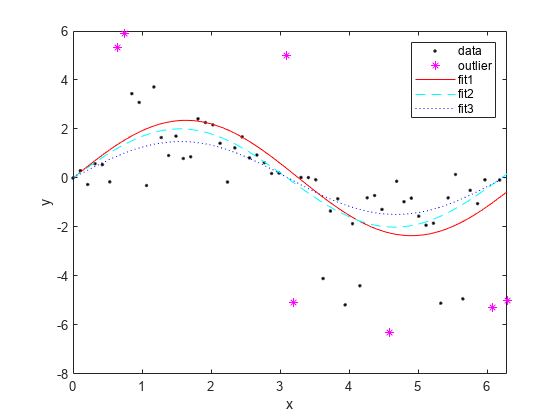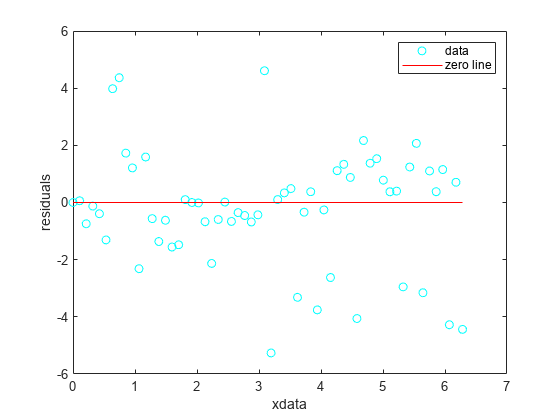plot
绘制 cfit 或 sfit 对象
语法
说明
曲面
plot(___, 使用一个或多个名称-值参量指定选项,且支持上述适用于曲面的语法中的任何输入参量组合。例如,您可以指定绘图的类型和范围。Name=Value)
曲线
plot(cfit, 指定用于绘制散点图数据的颜色、标记符号和线型。x,y,DataLineSpec)
plot( 指定 cfit,FitLineSpec,x,y,DataLineSpec)plot 用来绘制 cfit 中给定曲线的颜色、标记符号和线型。
plot( 指定用来绘制离群值的颜色、标记符号和线型。cfit,x,y,outliers,OutlierLineSpec)
示例
输入参数
名称-值参数
版本历史记录
在 R2006a 之前推出



